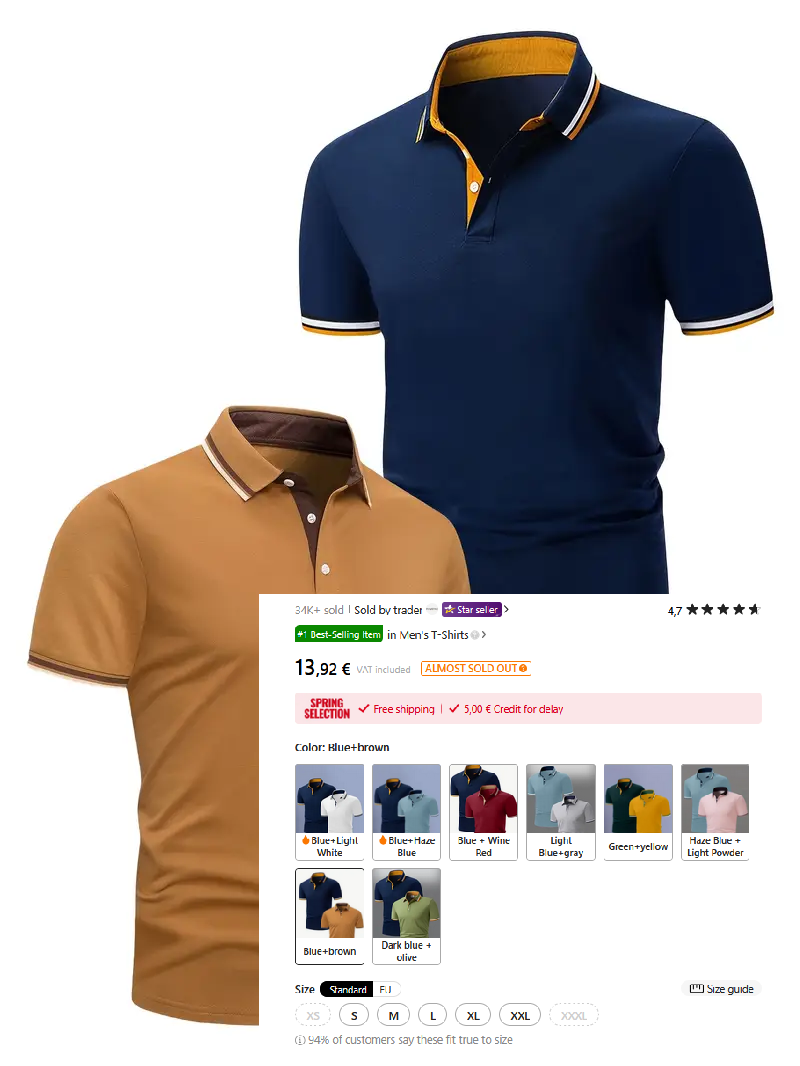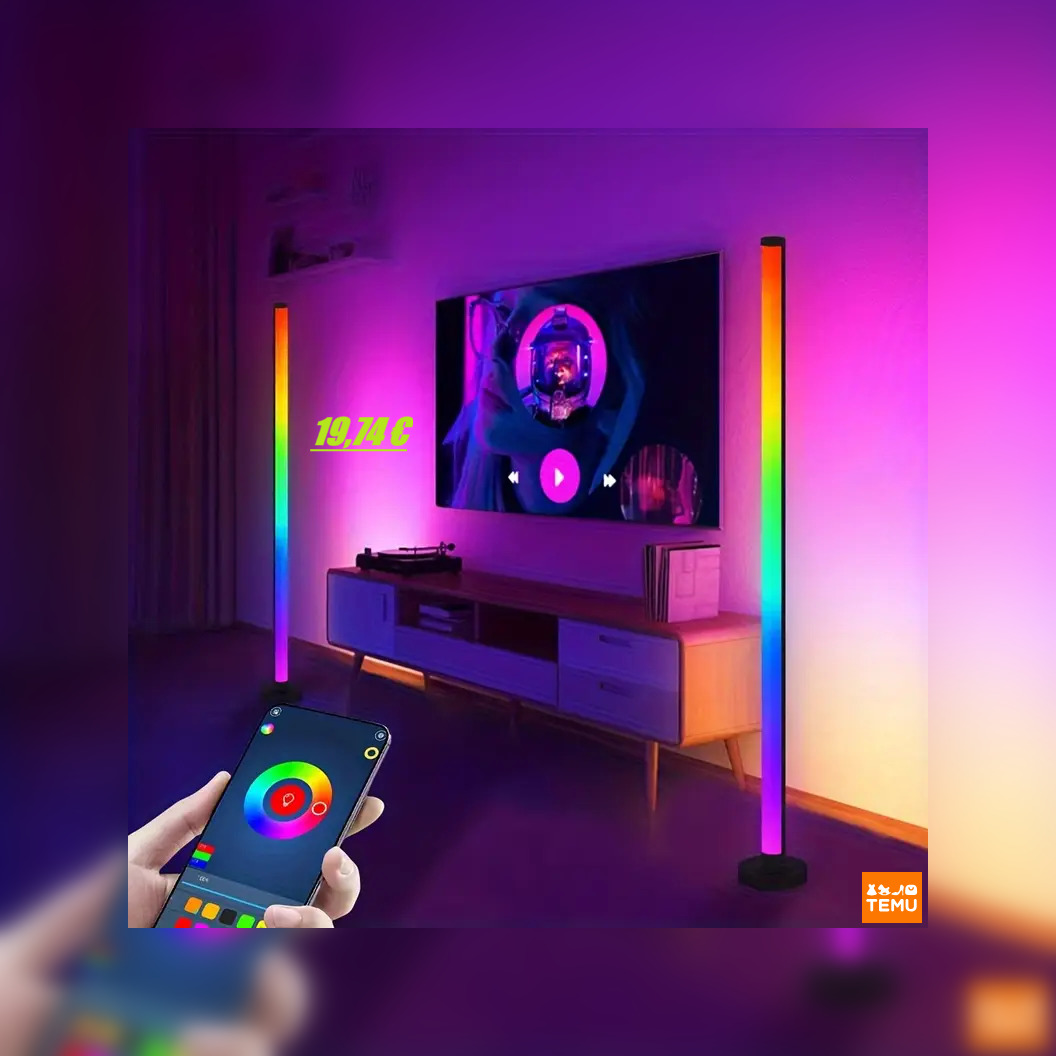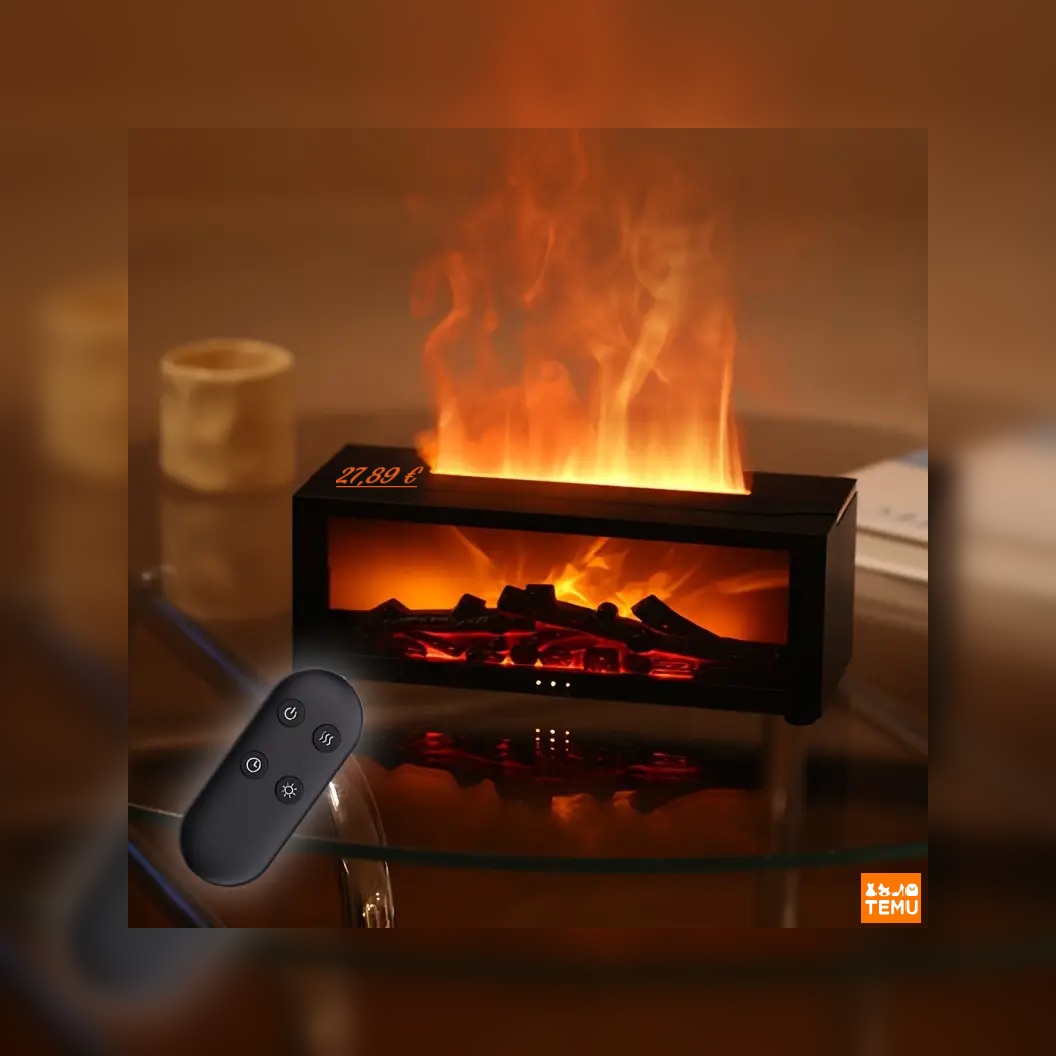Deutschkurs A12 Lektion 1 Modalverben quotsollenquot und quotdürfenquot
YOUR LINK HERE:
http://youtube.com/watch?v=TjOiZReM7m4
UPDATE: I have added a clickable INDEX to the instruments/variations below. • A great favourite of mine, The Young Person's Guide to the Orchestra was composed by Benjamin Britten in 1945 (completed on New Year's Eve 1945 in fact) with a subtitle Variations and Fugue on a Theme of Purcell . It was originally commissioned for an educational documentary film called Instruments of the Orchestra, directed by Muir Mathieson and featuring the London Symphony Orchestra conducted by Sir Malcolm Sargent. It was first performed in public in late 1946. • In this 1955 recording, Benjamin Britten's lifelong partner, tenor Peter Pears, narrates. Mono recording, clearly transcribed from an LP record, it still shines - both in performance and historical importance. • Courtesy of Wikipedia: • The work is based on the Rondeau from Henry Purcell's incidental music (1695) to Aphra Behn's Abdelazer, and is structured, in accordance with the plan of the original documentary film, as a way of showing off the tone colours and capacities of the various sections of the orchestra. • In the introduction, the theme is initially played by the entire orchestra, then by each major family of instruments of the orchestra: first the woodwinds, then the brass, then the strings, and finally by the percussion. Each variation then features a particular instrument in depth, in the same family order, and generally moving through each family from high to low. So, for example, the first variation features the piccolo and flutes; each member of the woodwind family then gets a variation, ending with the bassoon; and so on, through the strings, brass, and finally the percussion. • After the whole orchestra has been effectively taken to pieces in this way, it is reassembled using an original fugue which starts with the piccolo, followed by all the woodwinds, strings, brass and percussion in turn. Once everyone has entered, the brass are re-introduced (with a strike on the gong) with Purcell's original melody. • The sections of the piece and instruments introduced by the variations are as follows. • INDEX • 02:40 - Theme: Allegro maestoso e largamente • Tutti, Woodwinds, Brass, Strings, then Percussion • 03:18 - Variation A: Presto: • Piccolo and Flute • 03:49 - Variation B: Lento: • Oboes • 05:07 - Variation C: Moderato: • Clarinets • 05:50 - Variation D: Allegro alla marcia: • Bassoons • 06:46 - Variation E: Brillante: alla polacca: • Violins • 07:33 - Variation F: Meno mosso: • Violas • 08:43 - Variation G: • Cellos • 09:54 - Variation H: Cominciando lento ma poco a poco accel. al Allegro: • Double Basses • 10:55 - Variation I: Maestoso: • Harp • 11:50 - Variation J: L'istesso tempo: • Horns • 12:53 - Variation K: Vivace: • Trumpets • 13:26 - Variation L: Allegro pomposo: • Trombones and Bass-Tuba • 14:33 - Variation M: Moderato: • Percussion (Timpani; Bass Drum Cymbals; Tambourine Triangle; Snare Drum Wood Block; Xylophone; Castanets Gong; Whip; Percussion Tutti) • 16:10 - Fugue: Tutti, Allegro molto • Philharmonia Orchestra • Conductor: Igor Markevitch • Narrated by Sir Peter Pears • (P) HMV 1955
#############################

 Youtor
Youtor




